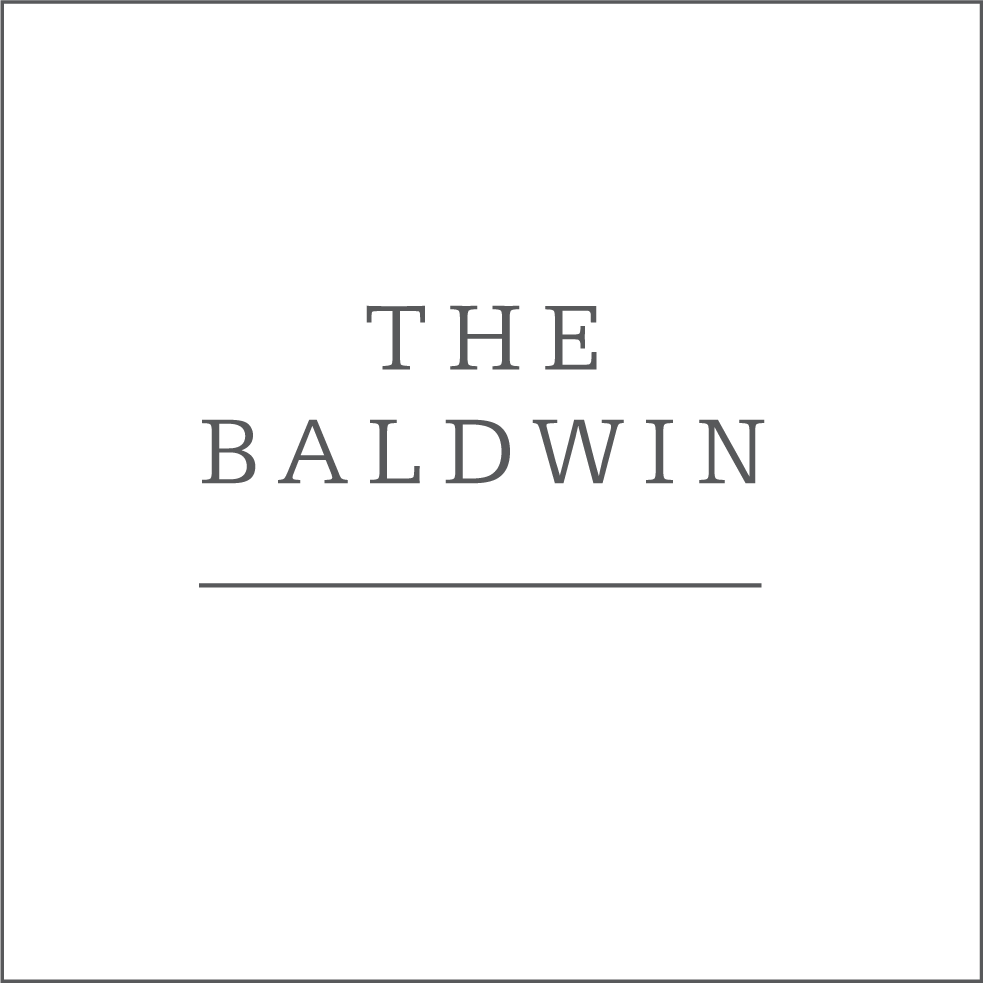Interview with David Ellingsen
8th January 2018
Read the full article here
Artist in residence
In an interview last year, Sam Edmonds of Photo Life Magazine spoke with current artist in residence David Ellingsen to gain an insight into his works. We take a look back on that interview and share some of our favourite questions and answers.
What is your work attempting to achieve/to communicate over all?
Quite simply, my work is intended to encourage awareness of the environmental crisis and to contribute in some small way to navigating our way through it.
What questions do you think it is important for our species to be asking itself nowadays? And can photography help to provoke any of those questions?
Well, in my opinion the issues of inequality and overpopulation are probably the biggest ones. Since the rise of Trump I can’t help but also think about the foundational importance of truth and fact as we cannot hope to deal with anything clearly without them.
Photography may be one of the most important tools we have available to us to raise these questions, and all the others, and hope for a timely response. The medium’s capacity for both fact and fiction, the immediacy of it, its corresponding rise with social media and their combined power – these are but a few of the reasons.
Can you please tell us about your work “Anthropocene”, the idea behind it, how this series came about (logistically etc.) and the reception it has had?
I was looking for a way to raise questions about our current relationship with the natural world and ideas of historical relationships between humans and their environments that might be re-integrated as we attempt to positively navigate through our current dilemma. From previous work I was well aware of the unsettling power of skulls and bones and wanted to use this to create photographs that spoke to a deeper, primal place in the viewer.
Logistically, I contacted my science teacher from grade school, as I knew he had quite a collection of skulls and bones. He also still had the human study skull we used all those years ago. Another retired geologist I know has an impressive collection and I was given access to that too. The rest I collected myself from my parents farm, beaches and forest.
I looked at the skull studies of Irving Penn and the work of Martin Gusinde for inspiration but wanted to make work that spoke of my own time. I used a technique called focus stacking to achieve a depth of field impossible from the single captures of the past. Multiple frames, each taken at a different point of critical focus, composited together to achieve sharpness throughout the entire image. Quite impactful in the final, 36×36 inch prints.
The reception has been very positive so far. At this point in my career my projects seem to achieve what I call a “slow burn” rather than instant widespread acclaim. But, in this day and age, when people tell me they have never seen photographs like these before I must confess I already feel a measure of success, more so when conversation follows on the ideas behind them.
In the Last Stand interview on your website, you mentioned the need for photography to read people emotionally as opposed to the intellectual level that science is capable of. Is photography currently achieving that? How does photography do that, exactly?
From the projects I’m seeing from photographers around the world I think photography is certainly achieving emotional connections with people. The old adage “a picture is worth a thousand words” still holds – and these days it seems more than ever we prefer to look at images rather than words.
Aside from the images themselves the challenge of connecting emotionally with the viewer these days also lies in getting through the numbingly vast number of images we are now exposed to.
In my work, to reach viewers at an emotional level, I don’t really have any revolutionary advice. Make the best work you possibly can and work just as hard to disseminate it. I attempt to create thoughtfully crafted photographs that speak to both universal themes and my own experience of the world (I suppose authentic could be the correct, if overused, term).
Ellingsen’s work will be displayed throughout our second floor until Friday 2nd February. His series is part of The Baldwin Gallery’s Betwixt, exploring the organic and psychic transference between selves and species. To learn more about this work or to purchase a piece from the collection, please visit here.
